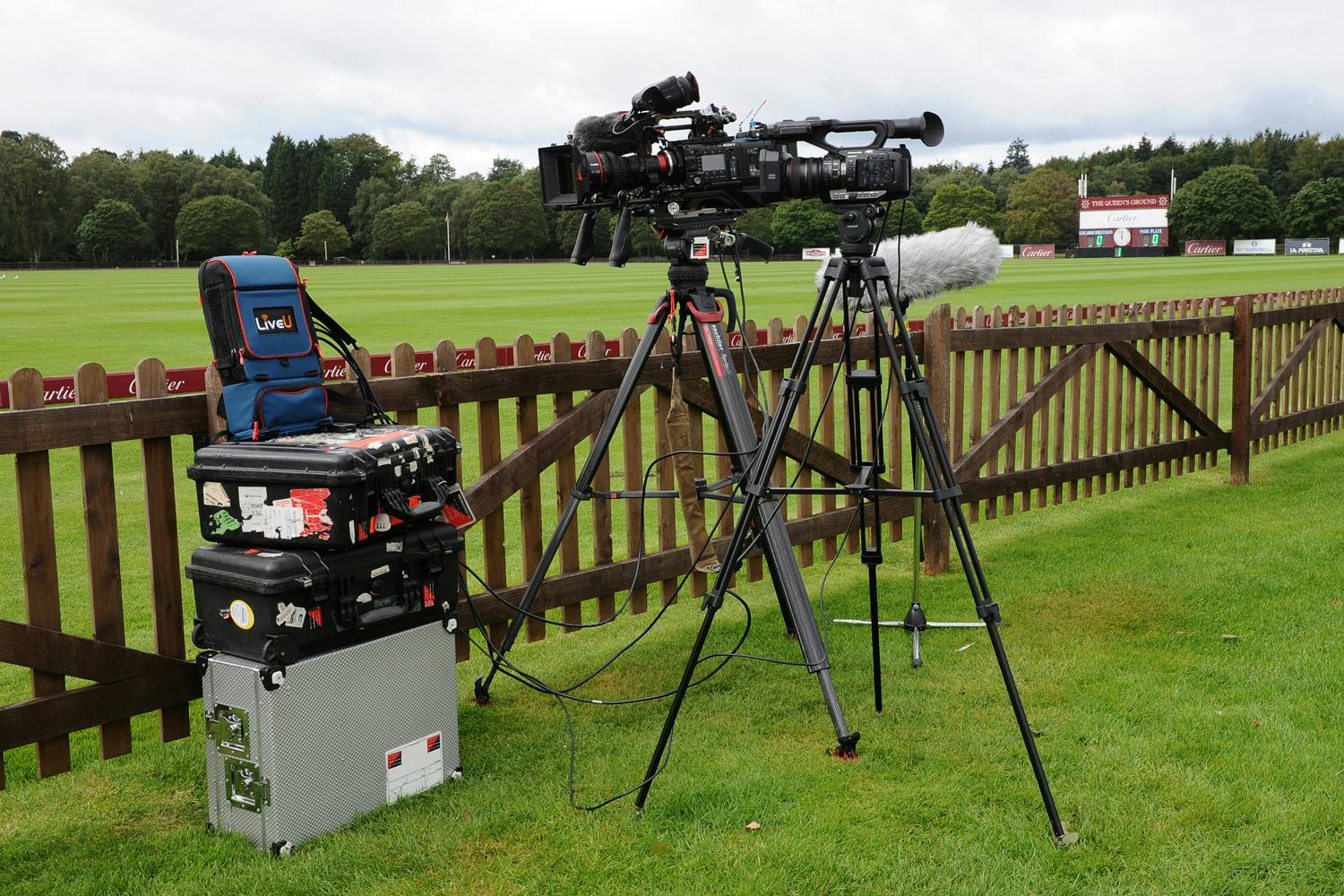The advent of digital platforms, which radically altered consumption opportunities and consumer choice, was initially greeted as liberating sport from the constraints of its previously linear world.
But the cost of producing quality content continued to act as a brake on the digital revolution as the ability to distribute content wasn’t quite matched by the ability to create it.

According to Ophir Zardok, who is in charge of sports business development at media technology company LiveU, that brake has been released by the increasingly sophisticated use of cellular bonding technology, the process which uses multiple modems to vastly increase bandwidth on cellular networks, allowing video and data to be delivered without the traditional broadcast infrastructure.
“For several years we have seen increased demand for sports content. The change is that the interest is not just for the top-tier properties but for second- and third-tier events, competitions which are local and regional and had previously been too expensive to produce,” he said.
For Zardok, a graduate of the FIFA Masters programme, making more sport available to more people is a personal mission.
“I’m a fan and I want content to be accessible for everybody. It’s what we do,” he explained.
Specifically, LiveU has developed a range of broadcast equipment which eliminates the need for satellite trucks, miles of fibre cable and heavy staffing. That both significantly reduces costs and makes remote and inhospitable environments accessible for live broadcasts.
LiveU proved its value initially in the highly charged and challenging environment of live news, where it gives many of the world’s leading news organisation the opportunity to get closer than ever to the story.
In simple terms LiveU uses cellular networks to cut the cable between the camera and control room. Instead a cameraman operates wearing a lightweight LiveU device in a backpack which sends signals to anywhere in the world they are required.
The extension into sports coverage was logical and has proved to be a huge success.
“It’s a technology which is making it possible to meet the growing demand for sports content,” Zardok said.
“The FIA World Rally Championship is one example. They need to provide coverage from some of the most remote areas of the world and create rich content such as interviews with drivers, as well as more and different camera shots. Working together we have been able to facilitate that at a fraction of the cost of using standard broadcast technology.”
The use of LiveU to enhance the value of motorsport was demonstrated in LiveU’s collaboration with Griiip for the G1 series, providing an end-to-end video and data platform.

“They wanted to enrich their content by using onboard cameras, which have become standard in the higher echelons of the sport,” Zardok explained.
“Where traditional technology would have been more expensive, we were able to provide a cost-effective solution for providing a live video experience from inside the racing cars, as well as around the tracks.”
Elsewhere the technology is widely used in tennis to live stream action from smaller tournaments which would not otherwise be covered. That drives fan engagement with emerging players and also boosts betting on the matches while simultaneously offering an integrity safeguard that would otherwise be absent on dark courts.
The producers of the Cartier Queen’s Cup 2020 Polo Tournament recently used LiveU’s multi-camera technology to enhance the value of its coverage by streaming live to viewers on its website and a leading sports channel in Latin America. Last year, UK broadcaster ITV deployed three camera/reporter teams using LiveU to enhance its coverage of the 2019 Rugby World Cup in Japan, with live content and material for editing sent directly back to its base in the UK.
In China, Tencent Sports turned to LiveU to facilitate coverage of a major speedskating competition and now uses it for a significant proportion of its coverage.
And according to Zardok, the widespread take-off of 5G has increased capabilities still further.
“People say that 5G is like having a motorway with 10 lanes. The amount of content that can pass through is four or five times that of the existing 4G infrastructure and that makes it possible not just to deliver more video and audio but more data as well,” he said.
“In the last three years the cellular technology has evolved to make it work even better for sport which needs production of a top-quality feed and view of the match. We have also enhanced our own technology to allow us to double the amount of content we can deliver using half the previous bandwidth. Single modem 5G alone cannot guarantee the top reliability and high quality required for high-end sports, nor the ‘anywhere/anytime’ coverage needed for extreme and local sports. With our bonding of 5G modems, with or without 4G or WiFi, sports now have a high-end solution.”
“The fact is that there is now no difference between LiveU and other traditional, more costly sources. We deliver crystal clear 4k pictures. Our newest product, the LU800 production-level field unit, is native 5G, designed from the ground up to unlock 5G potential.”
Zardok says that the current Covid crisis has also a fresh focus on remote production.
“Covid created huge uncertainty and people are struggling to make long-term decisions, they are in survival mode, looking for ways to restart live sports and engage with their fans who are watching from home,” he said.
“With restrictions on the number of people who can be in different corners of a stadium, you can’t have big crews on site while – overall – budgets are under pressure. That comes back to our core offering of remote production and the ability it gives us to reduce risk and costs at the same time.” Everything can be produced in a central control room with only the camera operators on-site with the portable LiveU units.